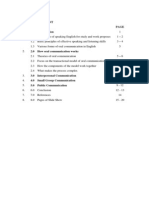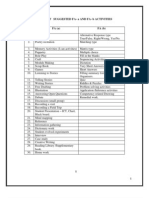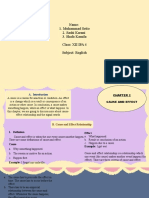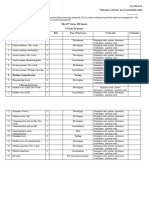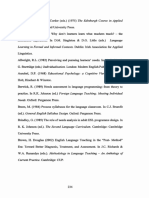0% found this document useful (0 votes)
40 views12 pagesIntro To Functional English
The lecture of functional English on the topic introduction to the functional English.
Uploaded by
jiameer30Copyright
© © All Rights Reserved
We take content rights seriously. If you suspect this is your content, claim it here.
Available Formats
Download as PDF, TXT or read online on Scribd
0% found this document useful (0 votes)
40 views12 pagesIntro To Functional English
The lecture of functional English on the topic introduction to the functional English.
Uploaded by
jiameer30Copyright
© © All Rights Reserved
We take content rights seriously. If you suspect this is your content, claim it here.
Available Formats
Download as PDF, TXT or read online on Scribd
/ 12








































